

Mohsen Saraji / Creative Director and Futurist
Interactive art , as one of the modern forms of contemporary art, gives the audience the opportunity to directly participate in the creation and experience of the artwork. By utilizing new technologies, digital spaces, and interactive tools, this art provides the audience with a rich, emotional, and intellectual experience. This type of art has become an important tool for connecting art with society, not only in digital exhibitions but also in public urban spaces.
Features and Impacts of Interactive Art
One of the most prominent features of this art is the transition from a consumptive experience to a productive one. In this type of art, the audience becomes a part of the artwork and, through interaction with digital or physical elements, contributes to shaping the piece. This process results in a personal and unique experience for each visitor. Interactive artworks can be presented in digital exhibitions, public space installations, or programs based on augmented reality and virtual reality technologies. For example, artists use touchscreens, sensors, or even motion cameras to receive inputs from the audience and alter the artwork.
In digital exhibitions, this art especially allows the audience to have an active and participatory experience of the artwork, either in virtual or physical environments, by using technologies such as virtual reality, augmented reality, and artificial intelligence. This experience not only breaks down traditional boundaries of art through advanced technologies but also directly influences the audience's understanding of the artwork by creating opportunities for discovery, play, and interaction with the art
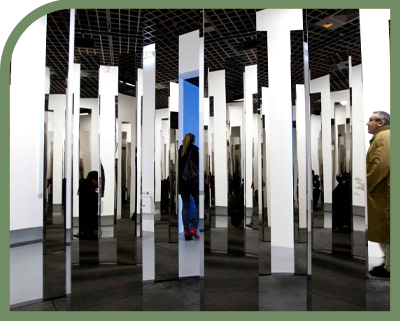
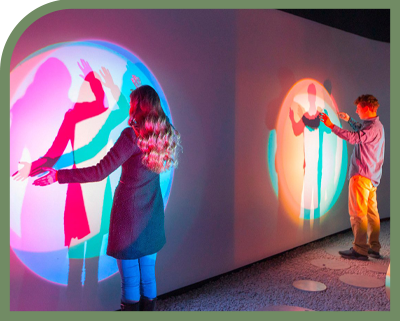
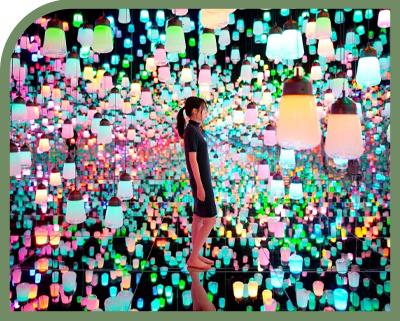
On the other hand, this art has also grown in public spaces. Contemporary artists, by installing interactive artworks in streets, parks, and public squares, create opportunities for direct engagement between people and art. These artworks can create new interactions with the audience through various technologies such as touchscreens, sound, light, and sensors. This approach, especially in urban spaces, encourages people not only to watch art but also to be part of its creation process, establishing a dynamic and lively relationship with their urban environment
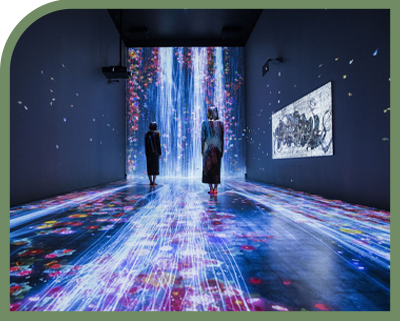
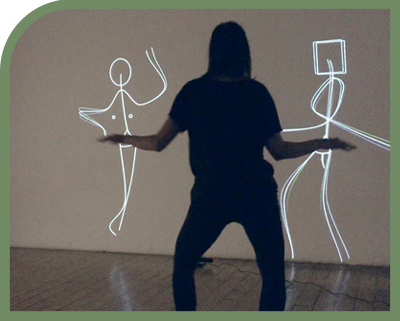
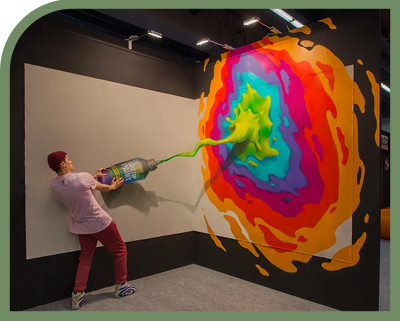
Ultimately, interactive art, as an innovative and creative tool in today's world, has opened a new path in artistic experience. This type of art not only functions in digital exhibitions but also in public urban spaces as a tool for communication, discovery, and participation in the creation of meaning. Interactive art not only transforms the audience into an active part of the artistic process but also serves to create diverse and complex social and cultural experiences.